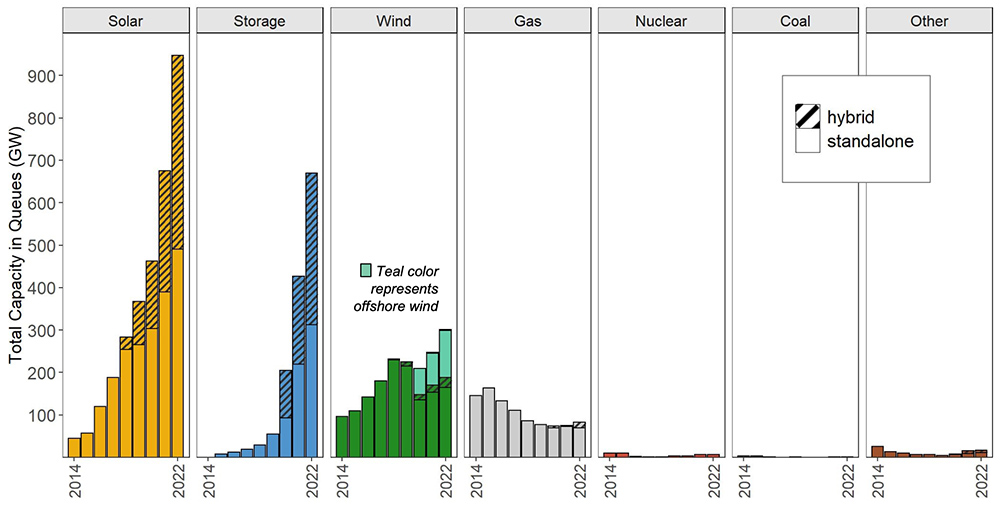EPA last week took the next step in its campaign to clean up coal-fired power plants, proposing to strengthen the Mercury and Air Toxics Standards (MATS).
The changes would impose stricter limits on emissions of mercury and other metals, fine particulate matter, sulfur dioxide, nitrogen oxides and carbon dioxide.
EPA said in a news release Wednesday that the proposal would reduce by 67% the emissions of filterable particulate matter (fPM) from existing coal-fired plants. The proposal contemplates even lower emission limits for fPM and seeks comment on whether EPA should finalize a more stringent standard.
It would also require operators to run continuous fPM emission-monitoring systems; EPA estimates about two-thirds of existing coal-fired units do not currently use such a system. It also seeks to revise requirements to assure better emissions performance during plant start-up.
Finally, the proposed changes would bring plants that burn the lowest-grade coal, lignite, up to the same standards as other coal-fired plants. A fact sheet indicates lignite plant emissions limits would be slashed by 70%.
When issued in 2012, MATS required significant reductions of mercury, acid gases and other harmful pollutants from coal- and oil-fired power generation, framing them as a health threat. EPA called the proposal the most significant update to MATS in the 13 years since.
The agency had undermined the legal basis for MATS during the Trump administration but promptly moved to restore it after President Biden took office in January 2021. In February, EPA reaffirmed the scientific, economic and legal underpinnings of the regulations. (See EPA Reaffirms Power Plant Mercury Regulations.)
That move had little immediate impact, as U.S. coal plants were already in compliance, having reduced their mercury emissions by 90%. But it set the stage for further regulatory steps to limit the impact of a fossil fuel long blamed for pollution and climate change. EPA estimates its proposal would result in about 500 MW of coal-fired capacity retirement by 2028 but cause only minimal increases in the cost of electricity and natural gas.
After EPA reaffirmed MATS in February, it announced two other moves to limit emissions. In early March, it proposed tighter rules on wastewater emissions from coal plants. The Effluent Limitations Guidelines and Standards have followed a trajectory similar to the path of MATS: They were instated under President Barack Obama, weakened under President Donald Trump, then reinstated and expanded under Biden. (See EPA Proposes Tighter Coal Plant Wastewater Regs.)
In mid-March, EPA announced final details of its Good Neighbor Plan to slash emissions of smog-forming nitrogen oxides from power plants and industrial facilities in 23 states that contribute to ozone formation in downwind states. (See EPA Good Neighbor Plan Expected to Accelerate Coal Plant Retirements.)
Collectively, the changes and proposals may hasten the trend away from coal as a source of fuel for power generation in the U.S.; EPA’s wastewater proposal, for example, offers smaller decreases in emissions limits at power plants whose operators agree to stop burning coal by 2028.
Advocates for public health and the environment have cheered the moves, while those connected to the coal industry have criticized them. Others worry that the policy of speeding the pace of fossil fuel generation retirements while simultaneously pushing to electrify large swaths of society could result in shortages of power.
The divide was on clear display Wednesday between leaders of the U.S. Senate Environment and Public Works Committee after the MATS proposal was announced.
“The Mercury and Air Toxics Standards continue to be a remarkable, cost-effective success in reducing mercury and other toxic air pollution,” Chair Tom Carper (D-Del.) said. “Thanks to MATS, children and families are breathing cleaner air, and there is less pollution in our nation’s waters. EPA’s proposed rule would build on the progress made to better protect communities. This science-based rule will ensure that power plants use modern pollution-control technology, which will help save lives and support a healthy economy.”
Ranking Member Shelley Moore Capito (R-W.Va.) blamed the original MATS for closure of many coal-fired plants. “The Biden administration continues to wage war on coal and affordable, reliable energy by issuing unnecessary regulations intended to drive down electricity production from our nation’s baseload power resources,” she said. “With one job-killing regulation after another, the EPA continues to threaten the livelihoods of those in West Virginia and other energy-producing communities across the country.”
The American Lung Association said it would advocate for the more stringent options EPA is considering beyond its initial proposal. “EPA’s statutory requirement is to protect individuals from the maximum exposure to hazardous air pollutants, and the Mercury and Air Toxics Standards must be strengthened so that they adequately protect health from power plant pollution. The American Lung Association will work during the public comment process to strengthen the final rule to maximize health protections from power plant toxic pollution.”
The Union of Concerned Scientists hailed the benefits of the original MATS and bemoaned delays to its rollout a decade ago. “For all the good that MATS has brought, we must also reckon with the fact that all these towering benefits could and should have happened sooner, and lives were harmed in the time between. EPA cannot repeat that same delay today. While MATS has driven enormous benefits to date, the fact remains that coal- and oil-fired power plants still release pollution that hurts people and the environment, and it is incumbent on EPA to act.”


